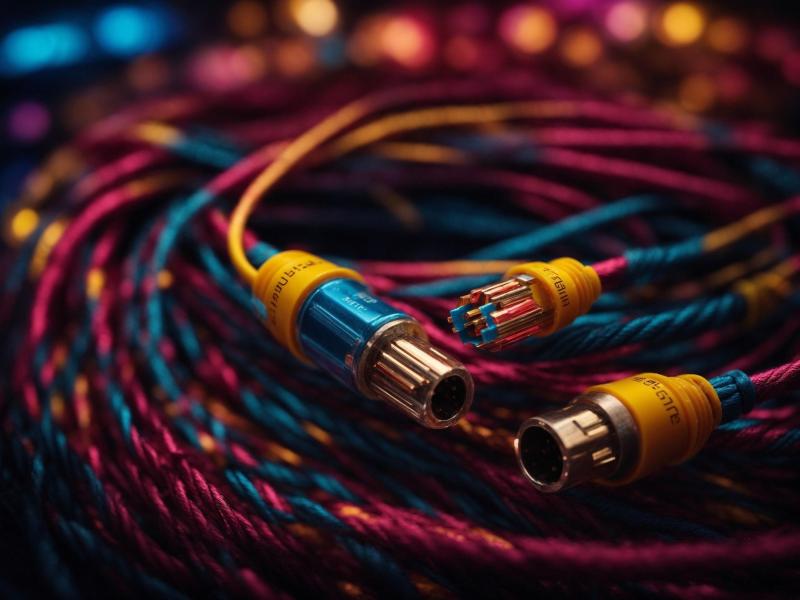~ How automation can help attract and retain employees across APAC ~
The Great Resignation saw millions of people resigning from their jobs across Europe and the US in 2021, amidst changing attitudes to work following the pandemic. While the effects of the Great Resignation were not initially felt across the APAC region, staff shortages have since been reported in Indonesia, Malaysia, The Philippines, Thailand and more. Here John Young, APAC sales director at automation parts supplier EU Automation discusses how automation can help companies plug talent shortages, while retaining skilled employees.
In a study of 1,360 small and medium enterprises (SMEs) across Australia, India, Indonesia, Japan, Korea, New Zealand, Singapore and Thailand, SAP SE found that two thirds of respondents were struggling to cope with the impact of the Great Resignation. In such organisations, even a single resignation can represent a huge loss for the business ─ staff retention is critical to business success.
In the manufacturing sector, where businesses were already struggling with an aging workforce and a growing skills gap, the Great Resignation places additional pressure on manufacturing managers. To combat this, many manufacturing leaders are rethinking their recruitment, training and other working practises to inspire and empower their employees to stay in the business.
Is automation the answer?
In the Warehouse Vision Survey, 95 per cent of APAC decision makers surveyed indicated a willingness to invest in software to automate analytics and decision making, as a way to raise worker effectiveness and efficiency. A survey from robotic process automation (RPA) provider UiPath found that mundane tasks at work are frustrating employees and could be fuelling the Great Resignation trend. In addition, more than three quarters of Singapore respondents said that incorporating automation could help their organisation attract new and retain existing talent. With their administrative burden reduced, employees can use the time saved to focus on more impactful work, bringing them an increased sense of purpose by working towards the company’s KPIs.
Consider this example. A manufacturing business incorporates a predictive maintenance software tool that is connected to Internet of Things (IoT) devices on the factory floor. IoT sensors detect a motor is running above its recommended temperature, and the software automatically alerts the maintenance manager that the motor is likely to break down.
The tool reduces the need for the maintenance department to perform manual checks and removes the administrative requirement to keep a logbook of when equipment has been checked. When the system flags a potential problem, the maintenance manager can order a replacement part before it even breaks down, eliminating downtime. Instead of having a stressful day spent desperately trying to get the facility back up and running, the maintenance manager has the satisfaction of knowing downtime is avoided.
Attitudes to robotic automation
Interestingly, only 36 per cent of respondents to the Warehouse Vision Survey agreed that implementing technologies such as robotics can help attract and retain workers. Part of this comes down to the decades-old rhetoric that robots replace human labour. My experience shows this to be false ─ robots complement the skills of human workers, freeing them up for more value-driven tasks. With many young workers reporting that repetitive and tedious tasks are among their reasons for resigning, robotics could actually be key to staff retention.
As manufacturers purchase robots for more physical and repetitive tasks, human workers are able to focus on creative, social and technological activities. In India, for example, where 51 per cent of workers are questioning if their current role has a sufficient sense of purpose, redeploying assembly staff into other business areas could bring huge benefits.
However, there is work to be done in changing the workforce’s perception of robots. Manufacturers can face challenges when investing in robotics, particularly in the form of employee resistance. Having a strong employee communications plan is vital to get past the first hurdle and to a situation where a hybrid workforce works successfully. Importantly, it must be explicit that the company is not intending to replace human workers, but to maximise their value.
Businesses must also provide support and training so that employees are aware of the short- and long-term expectations for their role. This can cover upskilling, reskilling or job redesign or deployment, as well as training on how best to work alongside robots. At the same time, businesses should remember to offer training on the skills robots cannot replace, such as critical thinking and leadership, to ensure their human workers deliver the most value.
While employees are typically open to automation in the form of software, there is still some resistance to robotics. With the Great Resignation looming over the APAC region, manufacturers must overcome the barriers to robotics in order to demonstrate the value they bring to individual workers, as well as to the overall business.
To learn more about the range of parts available from EU Automation, visit www.euautomation.com.






